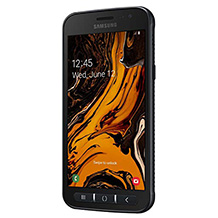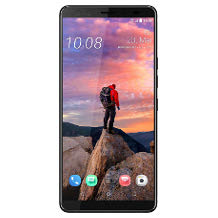Rugged phone purchasing advice: how to choose the right product
- What you need to know
- Outdoor smartphones, sometimes also called “rugged smartphones”, outdoor smartphones or outdoor mobile phones, are more robust variants of normal smartphones.
- In principle, they are not necessarily worse equipped, rather the opposite. However, the robust design usually makes them larger and heavier.
- The models are waterproof and dust-proof, and the IP rating indicates the degree of protection.
- Many models can also be operated with gloves.
- Particular importance is attached to a long battery life.
The outdoor smartphone – practical and robust
Almost everyone will have experienced it at some point: your beloved smartphone falls out of your hand, hits the hard ground, and the display is ruined. Or the device suddenly stops responding because it has suffered water damage somewhere along the way. This is annoying, because a repair – if it is possible at all – is expensive and usually costs only slightly less than a completely new device.
Anyone who knows from the outset that they will be exposing their smartphone to a rather harsh environment should therefore take a look at the special outdoor smartphones. Since these are much more robust than the normal models, expensive repair costs are eliminated. In addition, these special phones also offer some features that are particularly practical for use either outdoors or at work.
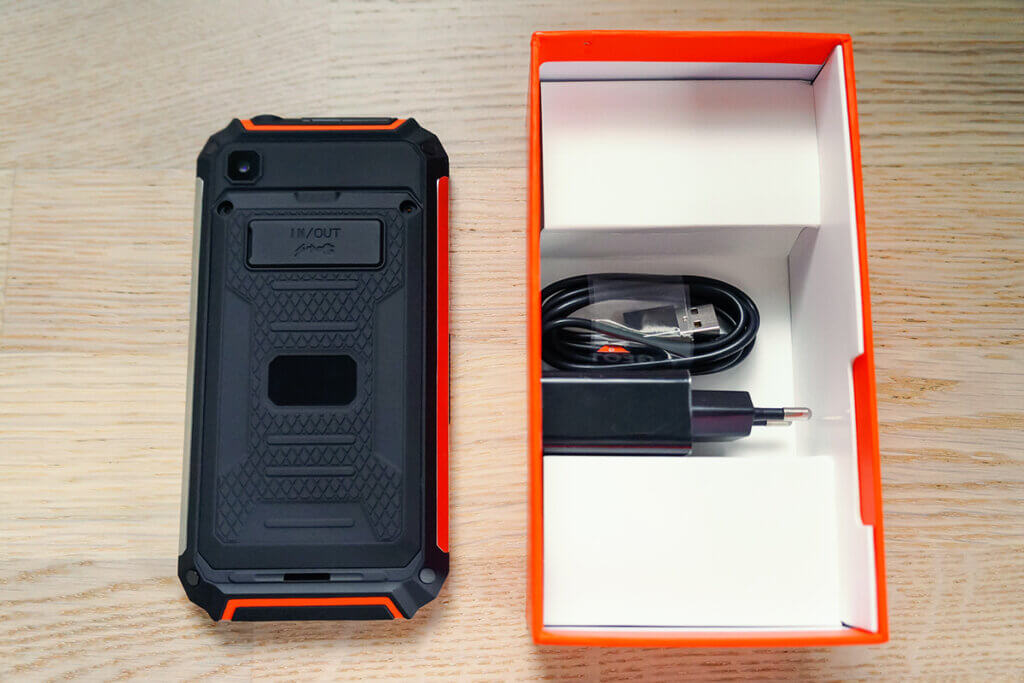
For whom are outdoor smartphones interesting at all?
First of all, for those who are often out and about with their mobile phone. Cycling, hiking, jogging and other sports are almost always practised with the smartphone. Firstly, you are always prepared for emergencies and secondly, you can take photos with it while on the move. Many also use their smartphone as a GPS tracker for fitness apps like Strava and the like. But not only athletes, workers in the construction industry also need robust devices. Since the number of workers in this industry has been increasing significantly again for several years, manufacturers have reacted and developed devices that are designed for the special requirements.
It is true that there are suitable cases and protective films for almost every mobile phone on the market. However, these often have the disadvantage that they restrict the smartphone’s range of functions because they cover some buttons or the camera lens, for example.
The protective function of these external covers is also always limited. For example, there is no such thing as a waterproof or shockproof case: it would have to be so large that the phone would be impractical to use.
Special requirements demand special features
So what are the specific features that distinguish outdoor smartphones from normal models? In answering this question, the focus should be on features such as a robust casing and protection against drops and the ingress of dirt and moisture.
Battery life
This is an important point, because those who are on the road for longer periods often don’t have a power socket nearby to recharge. It is also in the nature of things that outdoor activities with GPS tracking switched on drain the battery more quickly. Outdoor smartphones are therefore equipped with a more powerful battery that lasts longer. For comparison: while commercially available smartphones usually have batteries with a runtime of 3,000 to 4,000 milliampere hours (mAh), an outdoor smartphone has at least 5,000 milliampere hours.
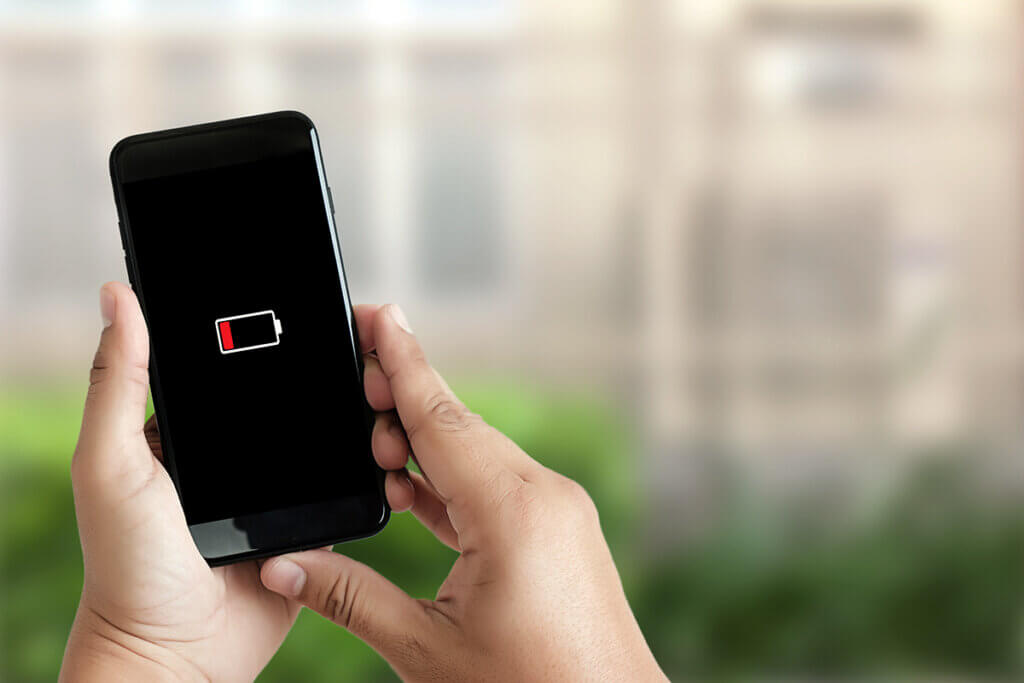
Many devices also offer the option of extending the runtime with an additional battery pack that can be plugged in. As a rule, it is also possible to use an ordinary power bank. However, users should bear in mind that these should also be suitable for outdoor use. Replaceable batteries that are not permanently installed are also an advantage, because the user can then take a second battery with them on tour as a reserve.
Robust housing
At first glance, the housing of outdoor smartphones has the disadvantage of being larger and heavier than that of other devices. But those who value stability and a long service life are happy to accept this shortcoming. To give the user a safe measure of how much the mobile phone can withstand, there are different protection classes. Most outdoor smartphones have at least the IP67 protection class, which means they are dustproof and waterproof for at least 30 minutes at a depth of 1.5 metres. Resistance to shocks also plays a role. The MIL-810G designation is a measure of the US military and means that the device can be dropped onto concrete from a height of 1.8 metres without damage and can function at temperatures of minus 30 to plus 60 degrees Celsius.
The following table provides an overview of the various IP protection classes and the types of influences against which the outdoor smartphone is protected if it has the appropriate certification.
| First digit: Foreign body protection | Protection against | Second digit: Waterproofing | Protection against |
|---|---|---|---|
| 0 | no protection | 0 | no protection |
| 1 | solid foreign bodies with a diameter of 50 mm or more | 1 | dripping water |
| 2 | solid foreign bodies with a diameter of 12.5 mm or more | 2 | dripping water at 15 degrees case inclination |
| 3 | solid foreign bodies with a diameter of 2.5 mm or more | 3 | spray water up to 60 degrees against the vertical |
| 4 | solid foreign bodies with a diameter of 1 mm or more | 4 | Splash water |
| 5 | dust in damaging quantity | 5 | splash water (with high pressure) |
| 6 | dust-tight | 6 | jets of water |
| – | – | 7 | temporary immersion |
| – | – | 8 | permanent immersion |
| – | – | 9 | water under high pressure |
For example, if an outdoor smartphone is classified according to “IP67”, it is completely dustproof and temporarily immune to immersion in water. However, the International Protection Standard (IP) is always a minimum requirement. The user manual of the smartphone often contains even more detailed features on the resilience of the device.
The display and its resolution
Since, as the name suggests, outdoor smartphones are usually used outdoors, the display should be easy to read even in bright sunlight. A wide range of settings for the brightness of the display also ensures a longer battery life, because the user can turn it down accordingly in darker light conditions.
The resolution of the display of outdoor smartphones is usually not as good as that of normal models. However, since these devices are not primarily designed for watching videos or gaming, this should not seriously bother anyone. Another criterion is the display size in inches. As a rule, the devices, which are somewhat larger anyway, have displays of around five inches.
What is a Gorilla display?
Gorilla Glass is a particularly robust glass for touchscreens developed by the US manufacturer Corning. The fifth generation is used for most current outdoor smartphones. The new Caterpillar Cat S62 Pro even uses the sixth generation. The crack resistance of Gorilla Glass is significantly higher than that of normal glass due to the higher compressive stress. In practice, this simply means that the glass can withstand more. The manufacturer states that the fifth generation glass can withstand drops from a height of 1.60 metres on hard surfaces such as asphalt.
Camera
For many, the camera of outdoor smartphones is significantly more important than the display. Most people use their smartphone as a camera replacement so that they don’t have to carry it around with them. As with normal smartphones, the choice of outdoor models is quite large in terms of camera resolution. There are many models here with a number of twelve megapixels and upwards.
The user can certainly not replace the professional equipment of a pure photojournalist. Here, everyone has to decide for themselves how much extra baggage a particularly high-quality shot is worth to them.

Depending on where the hiking route takes you, however, a thermal imaging camera can be worth its weight in gold. It can be used to avoid many an unpleasant surprise: Spotting animals in the dark is easy with a thermal imaging camera. However, this feature also comes at a price.
Memory
Experienced hikers and outdoor freaks save GPS data and maps on their smartphones in advance. Every good map app offers this function. This ensures that you have map material available even when the internet connection is on strike. In addition, the battery also lasts longer when accessing offline maps.
The principle of normal smartphones of built-in memory and possible expansion with optional SD cards is also followed by the outdoor models. In most cases, the slots are additionally protected against dust and water.
Additional functions
What do you do when you are far away from any mobile phone network but still need a reliable weather forecast? For this purpose, there are outdoor smartphones that have built-in thermometers and barometers. Some devices also have a special built-in UV sensor that warns of intense sunlight. This feature is certainly important, especially for mountaineers.
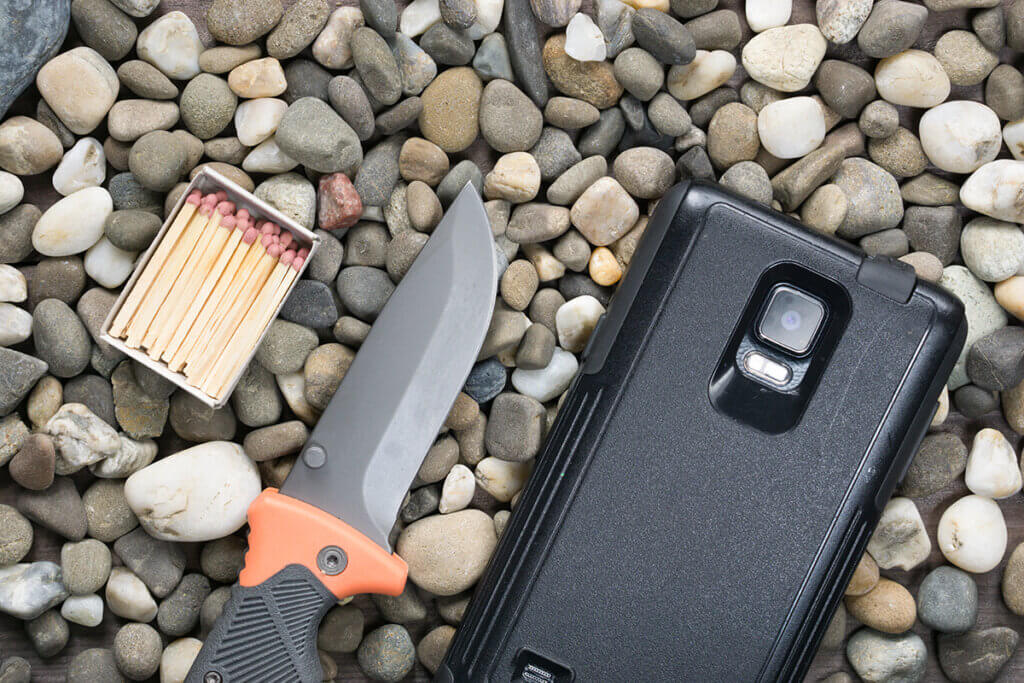
What is the advantage of a dual SIM?
The dual-SIM function of outdoor smartphones is particularly interesting for those who are travelling near a border of two or more countries. For this purpose, users can then simply insert two SIM cards from the corresponding network operators. Apart from lower costs, this method also has the advantage that the network coverage of one provider can be given, while users of another provider have no reception.
External GPS antennas
To be on the safe side as far as GPS satellite reception is concerned, it can be useful to purchase an external GPS antenna. Especially in dense forests, smartphones reach their limits here. However, the prerequisite is that the outdoor smartphone has a corresponding antenna input. This can be seen in the technical data of the device. Manufacturers such as Garmin also offer Bluetooth antennas. However, it should be noted that the constant Bluetooth connection will drain the battery in the long run. In addition to the US satellite system GPS, many outdoor smartphones also support the Russian version called GLONASS. If both are activated, positioning becomes more accurate.
Special features of operation
Since outdoor smartphones are often used in harsh environments, the display surface also has to meet special requirements. Often the display even reacts when it is wet or when it is operated with gloves. Most outdoor smartphones have a keyboard above the touchscreen. Outdoor devices with a keyboard are often only available as classic mobile phones without smart functions. The Unihertz Titan is an exception here.
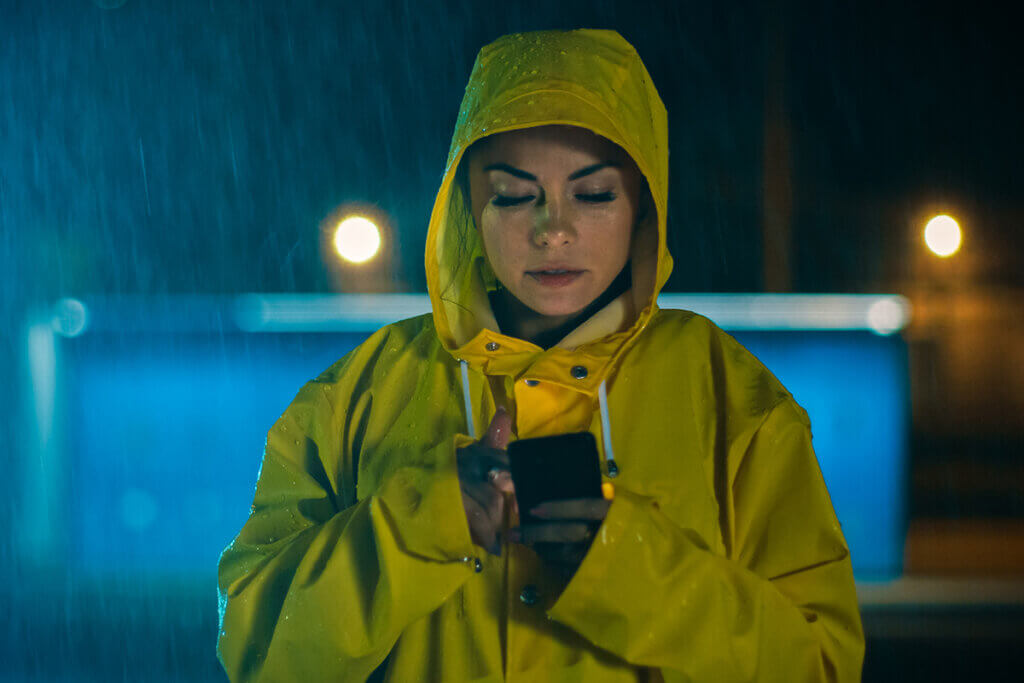
Are there outdoor smartphones for hobby and professional use?
Since the features of outdoor smartphone models are tailored to the requirements of the respective purposes, it must be clarified before the purchase where the device will primarily be used. This then results in the need for special features. These are not necessarily intended for only one purpose. For example, a rangefinder can be very useful both on the construction site and on a hike.
The outdoor smartphone at work
One place where outdoor smartphones can be used is on a construction site. Devices specially designed for this purpose can easily withstand being dropped from a pocket or hand onto the ground or into water, as they are suitably well protected against falls and also against dust and water penetration. Often there are also features on board that come in handy on the construction site or during assembly work, such as a rangefinder or a thermal imaging camera. The camera for taking photos does not necessarily have to have a particularly high resolution for use on the construction site. After all, photos are often only taken for documentation purposes.

The battery life is also not such a decisive criterion, as it is assumed that the battery can always be recharged on the construction site or in the laboratory if necessary. However, as lighting conditions can change, the display must be dimmable in any case.
A popular supplier of these devices, also called “rugged smartphones”, is Caterpillar, for example. The Cat series is particularly popular on construction sites and in factories.
The higher-priced models in this series, such as the brand new Cat S62 Pro and its predecessors, even have a thermal imaging camera on board.
The outdoor smartphone in hobby use
There are numerous apps for the Android and iOS operating systems that are practical for outdoor smartphones. These include fitness apps such as Strava, Runtastic and many more. The distance covered can be recorded via GPS with the smartphone, and users can also couple additional sensors, for example for heart rate, via Bluetooth.
Those who like to listen to music while exercising also need a headphone jack. Although Bluetooth models are becoming more and more popular, they then take more of a toll on the battery. Unlike devices for professional use, those for sports and hobbies tend to attach more importance to compact dimensions and low weight. After all, no one wants to go jogging with a small brick in their pocket or on their wrist.
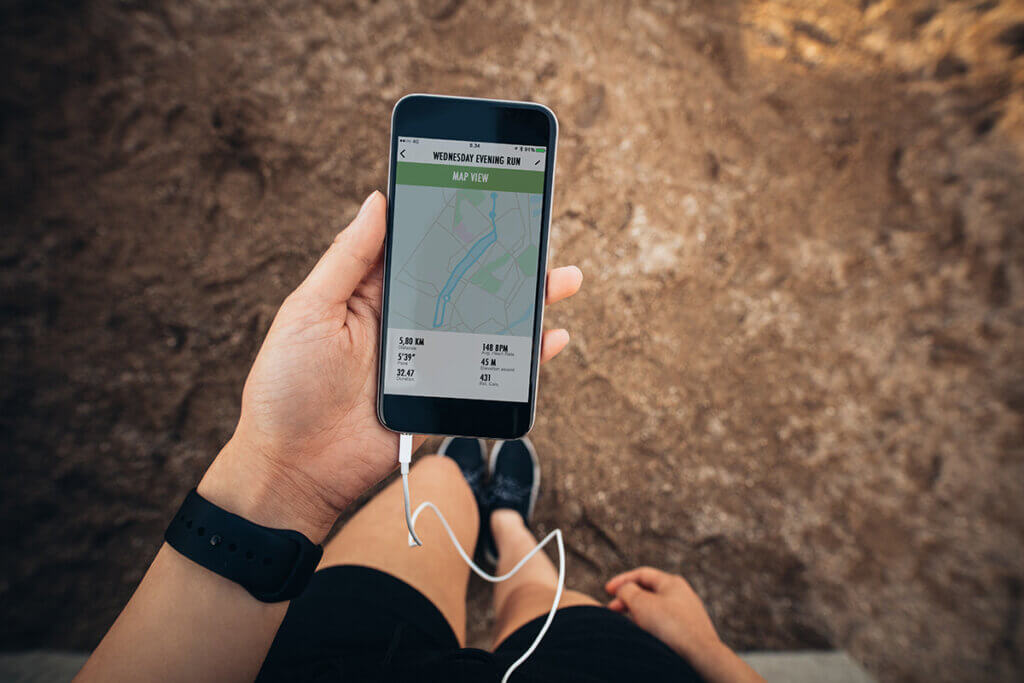
However, there are some models that manage the balancing act between robust workmanship and a housing that is only slightly larger and heavier than that of normal smartphones.
Can an outdoor smartphone replace a GPS watch?
The GPS modules of outdoor smartphones are usually better than those of conventional smartphones in the same price range. This may raise the question of whether a GPS watch is still useful. Here it depends on whether the watch is used purely as a GPS receiver or whether other functions such as heart rate are queried. In that case, the watch makes sense in any case, because it is easier to look at the watch face than to constantly take the smartphone out of the pocket to check the pulse. Many will use both alternately or at the same time, because you can track the signal with a watch, but of course you can’t navigate with maps as well as with the display of an outdoor smartphone.
Wide product range – China versus the rest of the world
Some manufacturers, such as Samsung, offer smartphones for both outdoor and normal use. Caterpillar, however, also specialises in the outdoor sector and offers rugged button phones in addition to smartphones. Some Chinese manufacturers are also represented on the German market. All of them use the Android operating system. When choosing a device, you should make sure that the latest operating system version is already installed or can be upgraded: a decisive factor for how future-proof the outdoor mobile phone is. Here is an overview of the most important providers and their models.
Ulefone
Ulefone is a Chinese manufacturer that has been on the market since 2014. The outdoor devices go by the name Armor. The current top model of this series is the Ulefone Armor 6, which is highly praised for its stability. Many testers already liked the Ulefone Armor 5, as it embodies a successful mixture of normal and outdoor smartphone. The Ulefone Armor 3 convinces with a very powerful battery with a massive 10,000 mAh, which, however, also brings with it a high weight and large dimensions.
Doogee
Doogee also comes from China. The outdoor smartphones have an “S” in the model name. The Doogee S55 is a very attractively priced device. The processor is not quite up to date, but performance is not the decisive criterion for outdoor smartphones. However, the large memory, stable workmanship and handy handling qualify it as a second mobile phone for practically every adventure. The model range is rounded off at the top by the Doogee S60. The smartphone convinces with an overall complete set of features with a very good display, reliable GPS, high-quality cameras and a faster processor compared to the S55.
Blackview
Blackview from China offers outdoor smartphones in all price ranges. The Blackview A30 is already available for under 100 euros. Not a matter of course for an outdoor phone in this price range, it offers a 3.5-millimetre headphone jack. Overall, the concept is coherent, but for the price, some compromises have to be made in terms of features.
The Blackview P10000 Pro can be considered the absolute top model of the series. The display offers a Full HD resolution, so that all pictures and maps can be seen pin sharp. The battery is particularly strong with 11,000 milliampere hours and lasts at least four days with normal use. It is also particularly lavishly equipped with sensors, such as: Fingerprint sensor, accelerometer, light sensor, compass, proximity sensor and gyroscope.
The Blackview BV6000 is priced in between. The sensor equipment here also leaves hardly anything to be desired, and field reports describe the performance of the WLAN antenna as outstanding.
Samsung
Samsung, the market leader in Android mobile phones, also has an outdoor smartphone in its range with the Galaxy XCover Pro. It has IP68 certification and is also tested according to the military standard STD 810G. Thanks to the display with particularly high touch sensitivity, operation with gloves in winter is no problem. The battery offers 4,000 milliampere hours, which is significantly less than in some top models. On the other hand, it is not permanently installed and is easy to replace, which is why it is certainly worth buying a replacement battery for longer tours. At just over 200 grams, the weight is rather light for an outdoor smartphone. The camera equipment is remarkable for a device in this category. The Galaxy XCover Pro convinces with a 25- or 8-megapixel dual camera and a 13-megapixel front camera.
Caterpillar
Under the Cat model series, Caterpillar offers rugged smartphones that are primarily suitable for use on construction sites, on farms, in laboratories and similar environments. The latest top model goes by the name Cat S62 Pro. It is the successor to the Cat S60, which was launched in 2016 and owes its popularity primarily to the phenomenal thermal imaging camera. This has even been improved for the model update. Since an external thermal imaging camera of the same quality often costs at least as much as the entire smartphone, the Cat S60, like its successor Cat S61, is particularly popular. Since the Cat S62 Pro was only launched in August, the sales figures cannot yet be compared.
The Cat S31 represents the entry into the Cat smartphone series. Although the thermal imaging camera is not on board, the developers have given the device sensors such as an accelerometer, proximity sensor, ambient light sensor and compass. Between these two models, Caterpillar offers a total of four other outdoor smartphones.
Image 1: © iluphoto / stock.adobe.com | Image 2: © onephoto / stock.adobe.com | Image 3: © Prostock-studio / stock.adobe.com | Image 4: © PavelStock / stock.adobe.com | Image 5: © Gorodenkoff / stock.adobe.com | Image 6: © cineberg / stock.adobe.com | Image 7: © Jacob Lund / stock.adobe.com

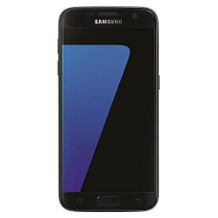
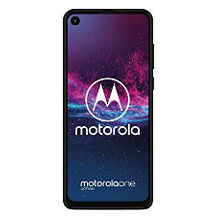
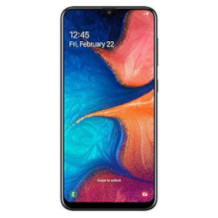
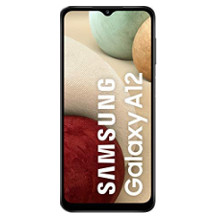
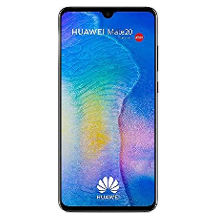

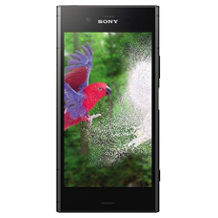
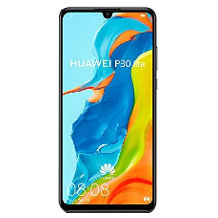
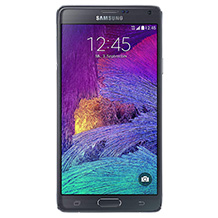


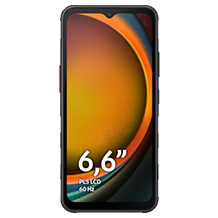

 1,018 reviews
1,018 reviews



